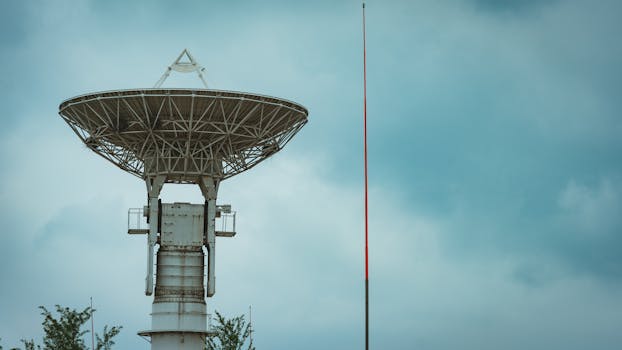The Future of Satellites: Revolutionizing Global Connectivity
The future of satellites is poised to revolutionize global connectivity, enabling faster and more reliable communication networks. With advancements in space technology, satellites are becoming increasingly important for various industries, including telecommunications, navigation, and weather forecasting.

The Future of Satellites: Revolutionizing Global Connectivity
The future of satellites is poised to revolutionize global connectivity, enabling faster and more reliable communication networks. With advancements in space technology, satellites are becoming increasingly important for various industries, including telecommunications, navigation, and weather forecasting. The use of satellites has been instrumental in connecting remote and underserved communities, providing them with access to vital services such as healthcare, education, and financial inclusion.
Satellites have been in use for several decades, but recent advancements in technology have made them more efficient, cost-effective, and accessible. The development of small satellites, also known as CubeSats, has democratized access to space, enabling smaller companies and organizations to launch their own satellites. This has led to a proliferation of satellite constellations, which are networks of satellites working together to provide global coverage.
Advancements in Satellite Technology
One of the most significant advancements in satellite technology is the development of high-throughput satellites (HTS). HTS satellites use advanced technologies such as spot beams and frequency reuse to provide higher bandwidth and faster data speeds. This has enabled the delivery of high-quality broadband services, including video streaming and online gaming, to remote and underserved communities.
Another area of advancement is in the development of satellite-based internet of things (IoT) services. Satellites are being used to connect IoT devices, such as sensors and trackers, to the internet, enabling real-time monitoring and tracking of assets and resources. This has applications in various industries, including logistics, agriculture, and environmental monitoring.
Applications of Satellites
Satellites have a wide range of applications, including telecommunications, navigation, weather forecasting, and earth observation. Telecommunications satellites provide connectivity services, including voice, data, and video, to remote and underserved communities. Navigation satellites, such as GPS, provide location information and timing signals, enabling accurate navigation and positioning.
Weather forecasting satellites monitor the weather and climate, providing vital information for forecasting and warning systems. Earth observation satellites monitor the environment, providing data on land use, deforestation, and climate change. Satellites are also being used for disaster response and recovery, providing critical communications and imagery services during emergencies.
Challenges and Opportunities
Despite the many benefits of satellites, there are also challenges and opportunities that need to be addressed. One of the major challenges is the issue of space debris, which poses a risk to operational satellites and spacecraft. The development of sustainable and responsible practices for satellite operations and disposal is essential to mitigate this risk.
Another challenge is the need for regulatory frameworks that support the development and deployment of satellites. Governments and regulatory bodies need to create policies and guidelines that enable the safe and responsible use of satellites, while also promoting innovation and competition.




